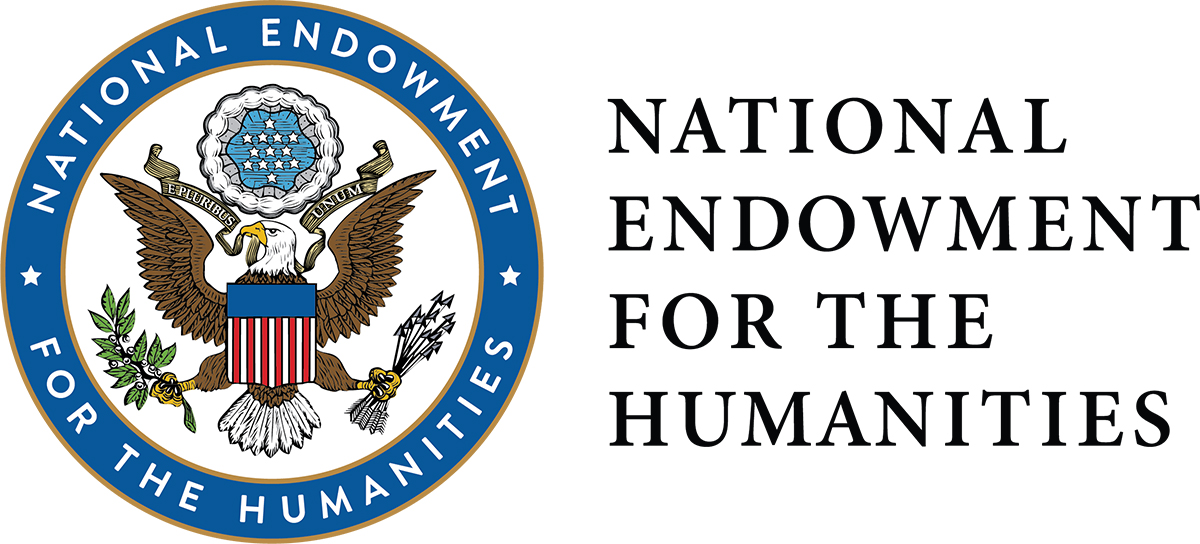FUNDING CUTS IMPACT CT HUMANITIES: Help CT Humanities navigate recent funding cuts and continue our vital work across Connecticut. All donations made to CTH will be matched dollar-for-dollar up to $50,000. Donate today!
Now Viewing:
Exploration and Discovery

From the State Historian: Discovering the Explorer Hiram Bingham III
Of all the Connecticans who have left their mark in distant places, perhaps none made a more lasting—or more controversial—impression than this explorer.
Read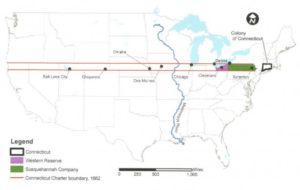
From the State Historian: The Map That Wasn’t a Map
The Charter of 1662 described Connecticut boundaries that extended all the way to the the Pacific Ocean!
Read
Waste Not, Want Not: The Colonial Era Midden
From tools, dishes, and clothing to muskrat bones, household trash from 1700s reveals how Yankees of the era lived.
Read
Nathaniel Palmer discovers Antarctica – Today in History: November 18
On November 18, 1820, Nathaniel Brown Palmer of Stonington, Connecticut, discovered the mainland of Antarctica, one of the seven continents.
Read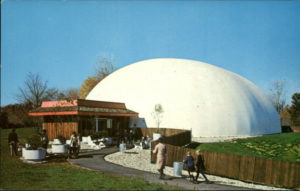
Discovered Dinosaur Tracks Re-Route Highway and Lead to State Park
Some 200 million years ago, carnivorous dinosaurs roamed Rocky Hill leaving the three-toed tracks that would become our state fossil.
Read
Putting History on the Map
While maps serve a utilitarian function at the time of their production, they become snapshots in time of the memories of those who designed them.
Read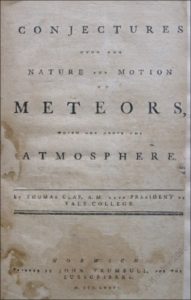
America’s First Planetarium – Who knew?
In 1744 Thomas Clap, Rector and Yale College president for 26 years (1740-1766), constructed the first orrery, or planetarium, in the American colonies.
Read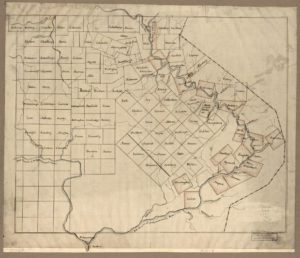
The Susquehanna Settlers
In 1753, Connecticut settlers formed the Susquehanna Company for the purposes of developing the Wyoming Valley in northeastern Pennsylvania.
Read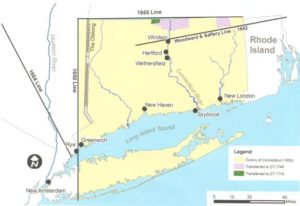
Surveying Connecticut’s Borders
After some 350 years, the matter of where exactly some of the state’s boundaries lie continues to be debated.
Read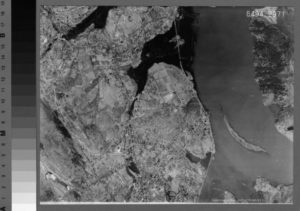
Road Signs of the Air
In the 1920s, most pilots navigated using road maps and by following highways, rivers, and other landmarks that they could see from the air.
Read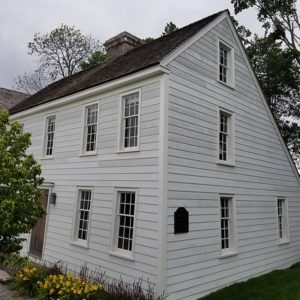
Elizabeth Fones Winthrop Feake Hallett Helps Found Greenwich
In the middle of the 17th century, Elizabeth Fones Winthrop Feake Hallett played an integral part in purchasing the land that became Greenwich, Connecticut.
Read
Breaking the Myth of the Unmanaged Landscape
Evidence of early Native land use is etched into the landscape and preserved in oral tradition as well as the historical and archaeological records.
Read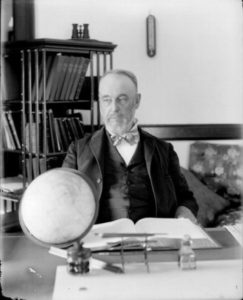
Goshen’s Asaph Hall Becomes an Astronomical Success
Credited with discovering the moons orbiting the planet Mars, Asaph Hall became an international science celebrity in the 19th century.
Read
Reckoning with the Dutch: the Treaty of Hartford, 1650
Hartford place names, such as Dutch Point, Huyshope Avenue, and Adriaen’s Landing, are reminders of a time when Connecticut was part of New Netherlands.
Read
Site Lines: Connecticut’s Freedom Trail
Sites along the Connecticut Freedom Trail mark key events in the quest to achieve freedom and social equality for African Americans in the state.
Read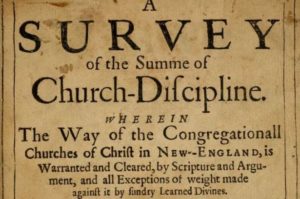
Thomas Hooker: Connecticut’s Founding Father
A powerful and popular preacher, Thomas Hooker led a group of Puritans out of Massachusetts in 1636 to settle new lands that eventually became the city of Hartford.
Read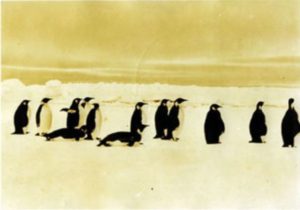
Sixty Degrees Below Zero: Connecticut Man Explores Antarctica
John Henry Von der Wall, a life-long resident of Bolton, took part in Rear Admiral Richard E. Byrd’s famed expeditions to the South Polar regions.
Read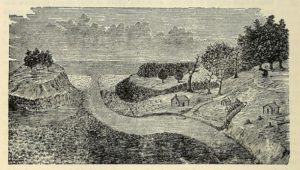
Putting Cleveland on the Map: Lorenzo Carter on the Ohio Frontier
From Connecticut, Lorenzo Carter became the first permanent settler of the community that became Cleveland, Ohio.
Read
Dinosaur Tracks Found – Today in History: August 23
On August 23, 1966, hundreds of dinosaur tracks were uncovered in Rocky Hill by a bulldozer operator.
Read
The Adventure of a Lifetime: John Ledyard and Captain Cook’s Last Voyage
Published in Hartford in 1783, this book by a Groton-born traveler captured a young nation’s imagination with its tales of discovery.
Read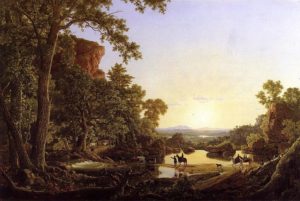
Hooker’s Journey to Hartford
In early June 1636, Puritan religious leader Reverend Thomas Hooker left the Boston area with one hundred men, women, and children and set out for the Connecticut valley.
Read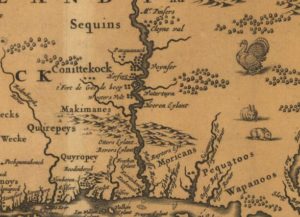
Timeline: Settlement of the Colony of Connecticut
A timeline displaying the major events leading to Connecticut statehood, including its settlement by the Dutch, the origins of Hartford, Wethersfield, and Windsor, the founding of the Connecticut, New Haven, and Saybrook colonies, and Connecticut’s acquisition of a formal charter from England.
Read
Lion Gardiner Helps to Fortify Early Old Saybrook
In 1635, the governor of the Saybrook colony hired engineer and soldier Lion Gardiner to build a critically needed fort for protection from both the Dutch colonists and local Native American tribes.
Read
Hiram Bingham III: Machu Picchu Explorer and Politician
Hiram Bingham III was a distinguished scholar and public servant attached to a line of the Bingham family that has lived in Salem, Connecticut, for generations.
Read
Seth Pease Surveys New Lands
This Suffield native’s work in “New Connecticut” and other Western territories reveals how the new nation took stock of its expanding borders.
Read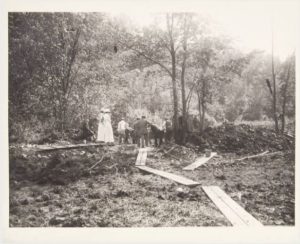
Mastodon Bones Unearthed – Today in History: August 13
On August 13, 1913, workmen unearthed the skeleton of a mastodon, in Farmington, while digging a trench on Alfred A. Pope’s farm and country estate, Hill-Stead.
Read
New Connecticut on Lake Erie: Connecticut’s Western Reserve
If you drive through the area of Ohio still called the Western Reserve today, you will find towns named Norwich, Saybrook, New London, Litchfield, Mansfield, and Plymouth.
Read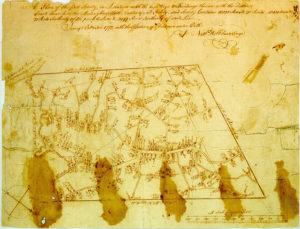
Exploring Early Connecticut Mapmaking
Renderings of the terrain served a variety of purposes, from supporting colonists’ land claims as well as tribal counterclaims to settling religious disputes and even adorning the homes of the well-off.
Read
Forgotten Founder: John Davenport of New Haven
John Davenport, the founder of New Haven, was a prominent Puritan leader during the early years of the New England colonies.
Read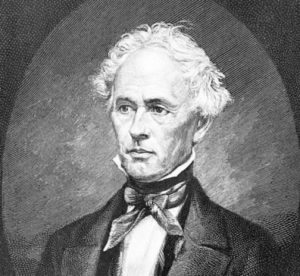
William Redfield Born – Today in History: March 26
On March 26, 1789, William C. Redfield, the noted American meteorologist, was born in Middletown.
Read
John Ledyard, Connecticut’s Most Famous Traveler
This intrepid voyager, one of the most adventurous figures in Connecticut’s long history, would have made a great fictional character had he not been real.
Read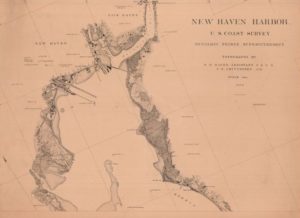
Three Young Engineers: Charting New Haven
When the United States Coast Survey set out to compile detailed charts of New Haven Harbor in the 1870s, they hired recent graduates of Yale’s Sheffield Scientific School as assistants.
Read
Connecticut’s Oldest English Settlement
The original Windsor settlement contained not only the town of Windsor but also what eventually became the towns of Enfield, Suffield, Simsbury, and others.
ReadMore Articles


